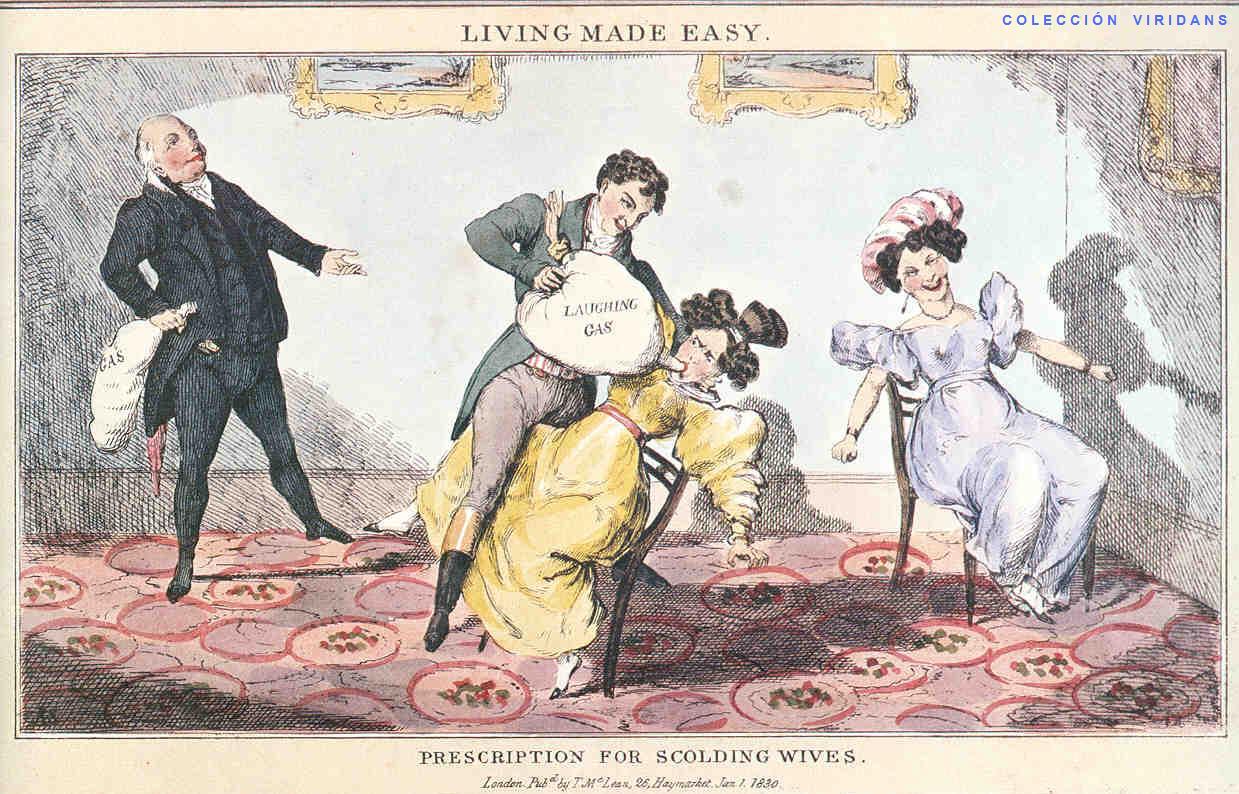|
Law Of Multiple Proportions
In chemistry, the law of multiple proportions states that in compounds which contain two particular chemical elements, the amount of Element A per measure of Element B will differ across these compounds by ratios of small whole numbers. For instance, the ratio of the hydrogen content in methane (CH4) and ethane (C2H6) per measure of carbon is 4:3. This law is also known as ''Dalton's Law'', named after John Dalton, the chemist who first expressed it. The discovery of this pattern led Dalton to develop the modern theory of atoms, as it suggested that the elements combine with each other in multiples of a basic quantity. Along with the law of definite proportions, the law of multiple proportions forms the basis of stoichiometry. The law of multiple proportions often does not apply when comparing very large molecules. For example, if one tried to demonstrate it using the hydrocarbons decane (C10H22) and undecane (C11H24), one would find that 100 grams of carbon could react with ... [...More Info...] [...Related Items...] OR: [Wikipedia] [Google] [Baidu] |
John Dalton
John Dalton (; 5 or 6 September 1766 – 27 July 1844) was an English chemist, physicist and meteorologist. He introduced the atomic theory into chemistry. He also researched Color blindness, colour blindness; as a result, the umbrella term for red-green congenital colour blindness disorders is ''Daltonism'' in several languages. Early life John Dalton was born on 5 or 6 September 1766 into a Quaker family in Eaglesfield, Cumbria, Eaglesfield, near Cockermouth, in Cumberland, England. His father was a weaver. He received his early education from his father and from Quaker John Fletcher, who ran a private school in the nearby village of Pardshaw Young Friends' Centre, Pardshaw Hall. Dalton's family was too poor to support him for long and he began to earn his living, from the age of ten, in the service of wealthy local Quaker Elihu Robinson. Early career When he was 15, Dalton joined his older brother Jonathan in running a Quaker school in Kendal, Westmorland, about ... [...More Info...] [...Related Items...] OR: [Wikipedia] [Google] [Baidu] |
Oxygen
Oxygen is a chemical element; it has chemical symbol, symbol O and atomic number 8. It is a member of the chalcogen group (periodic table), group in the periodic table, a highly reactivity (chemistry), reactive nonmetal (chemistry), nonmetal, and a potent oxidizing agent that readily forms oxides with most elements as well as with other chemical compound, compounds. Oxygen is abundance of elements in Earth's crust, the most abundant element in Earth's crust, making up almost half of the Earth's crust in the form of various oxides such as water, carbon dioxide, iron oxides and silicates.Atkins, P.; Jones, L.; Laverman, L. (2016).''Chemical Principles'', 7th edition. Freeman. It is abundance of chemical elements, the third-most abundant element in the universe after hydrogen and helium. At standard temperature and pressure, two oxygen atoms will chemical bond, bind covalent bond, covalently to form dioxygen, a colorless and odorless diatomic gas with the chemical formula ... [...More Info...] [...Related Items...] OR: [Wikipedia] [Google] [Baidu] |
Jöns Jacob Berzelius
Baron Jöns Jacob Berzelius (; 20 August 1779 – 7 August 1848) was a Swedish chemist. Berzelius is considered, along with Robert Boyle, John Dalton, and Antoine Lavoisier, to be one of the founders of modern chemistry. Berzelius became a member of the Royal Swedish Academy of Sciences in 1808 and served from 1818 as its principal functionary. He is known in Sweden as the "Father of Swedish Chemistry". During his lifetime he did not customarily use his first given name, and was universally known simply as Jacob Berzelius. Although Berzelius began his career as a physician, his enduring contributions were in the fields of electrochemistry, chemical bonding and stoichiometry. In particular, he is noted for his determination of atomic weights and his experiments that led to a more complete understanding of the principles of stoichiometry, which is the branch of chemistry pertaining to the quantitative relationships between elements in chemical compounds and chemical reactions and ... [...More Info...] [...Related Items...] OR: [Wikipedia] [Google] [Baidu] |
Nitrogen Dioxide
Nitrogen dioxide is a chemical compound with the formula . One of several nitrogen oxides, nitrogen dioxide is a reddish-brown gas. It is a paramagnetic, bent molecule with C2v point group symmetry. Industrially, is an intermediate in the synthesis of nitric acid, millions of tons of which are produced each year, primarily for the production of fertilizers. Nitrogen dioxide is poisonous and can be fatal if inhaled in large quantities. Cooking with a gas stove produces nitrogen dioxide which causes poorer indoor air quality. Combustion of gas can lead to increased concentrations of nitrogen dioxide throughout the home environment which is linked to respiratory issues and diseases. The LC50 ( median lethal dose) for humans has been estimated to be 174 ppm for a 1-hour exposure. It is also included in the NOx family of atmospheric pollutants. Properties Nitrogen dioxide is a reddish-brown gas with a pungent, acrid odor above and becomes a yellowish-brown liquid below . ... [...More Info...] [...Related Items...] OR: [Wikipedia] [Google] [Baidu] |
Nitric Oxide
Nitric oxide (nitrogen oxide, nitrogen monooxide, or nitrogen monoxide) is a colorless gas with the formula . It is one of the principal oxides of nitrogen. Nitric oxide is a free radical: it has an unpaired electron, which is sometimes denoted by a dot in its chemical formula (•N=O or •NO). Nitric oxide is also a heteronuclear diatomic molecule, a class of molecules whose study spawned early modern theories of chemical bonding. An important intermediate in industrial chemistry, nitric oxide forms in combustion systems and can be generated by lightning in thunderstorms. In mammals, including humans, nitric oxide is a signaling molecule in many physiological and pathological processes. It was proclaimed the " Molecule of the Year" in 1992. The 1998 Nobel Prize in Physiology or Medicine was awarded for discovering nitric oxide's role as a cardiovascular signalling molecule. Its impact extends beyond biology, with applications in medicine, such as the development of ... [...More Info...] [...Related Items...] OR: [Wikipedia] [Google] [Baidu] |
Nitrous Oxide
Nitrous oxide (dinitrogen oxide or dinitrogen monoxide), commonly known as laughing gas, nitrous, or factitious air, among others, is a chemical compound, an Nitrogen oxide, oxide of nitrogen with the Chemical formula, formula . At room temperature, it is a colourless Flammability#Definitions, non-flammable gas, and has a slightly sweet scent and taste. At elevated temperatures, nitrous oxide is a powerful Oxidising agent, oxidiser similar to molecular oxygen. Nitrous oxide has significant Nitrous oxide (medication), medical uses, especially in surgery and dentistry, for its Anesthesia, anaesthetic and Analgesic, pain-reducing effects, and it is on the WHO Model List of Essential Medicines, World Health Organization's List of Essential Medicines. Its colloquial name, "laughing gas", coined by Humphry Davy, describes the Euphoria, euphoric effects upon inhaling it, which cause it to be used as a recreational drug inducing a brief "Dissociative, high". When abused chronically ... [...More Info...] [...Related Items...] OR: [Wikipedia] [Google] [Baidu] |
Iron(III) Oxide
Iron(III) oxide or ferric oxide is the inorganic compound with the formula . It occurs in nature as the mineral hematite, which serves as the primary source of iron for the steel industry. It is also known as red iron oxide, especially when used in pigments. It is one of the three main oxides of iron, the other two being iron(II) oxide (FeO), which is rare; and iron(II,III) oxide (), which also occurs naturally as the mineral magnetite. Iron(III) oxide is often called rust, since rust shares several properties and has a similar composition; however, in chemistry, rust is considered an ill-defined material, described as hydrous ferric oxide. Ferric oxide is readily attacked by even weak acids. It is a weak oxidising agent, most famously when reduced by aluminium in the thermite reaction. Structure can be obtained in various polymorphs. In the primary polymorph, α, iron adopts octahedral coordination geometry. That is, each Fe center is bound to six oxygen ligands. In t ... [...More Info...] [...Related Items...] OR: [Wikipedia] [Google] [Baidu] |
Iron(II) Oxide
Iron(II) oxide or ferrous oxide is the inorganic compound with the formula FeO. Its mineral form is known as wüstite. One of several iron oxides, it is a black-colored powder that is sometimes confused with rust, the latter of which consists of hydrated iron(III) oxide (ferric oxide). Iron(II) oxide also refers to a family of related non-stoichiometric compounds, which are typically iron deficient with compositions ranging from Fe0.84O to Fe0.95O. Preparation FeO can be prepared by the thermal decomposition of iron(II) oxalate. : The procedure is conducted under an inert atmosphere to avoid the formation of iron(III) oxide (). A similar procedure can also be used for the synthesis of manganous oxide and stannous oxide. Stoichiometric FeO can be prepared by heating Fe0.95O with metallic iron at 770 °C and 36 kbar.Wells A.F. (1984) ''Structural Inorganic Chemistry'' 5th edition Oxford University Press Reactions FeO is thermodynamically unstable below 575 ... [...More Info...] [...Related Items...] OR: [Wikipedia] [Google] [Baidu] |





